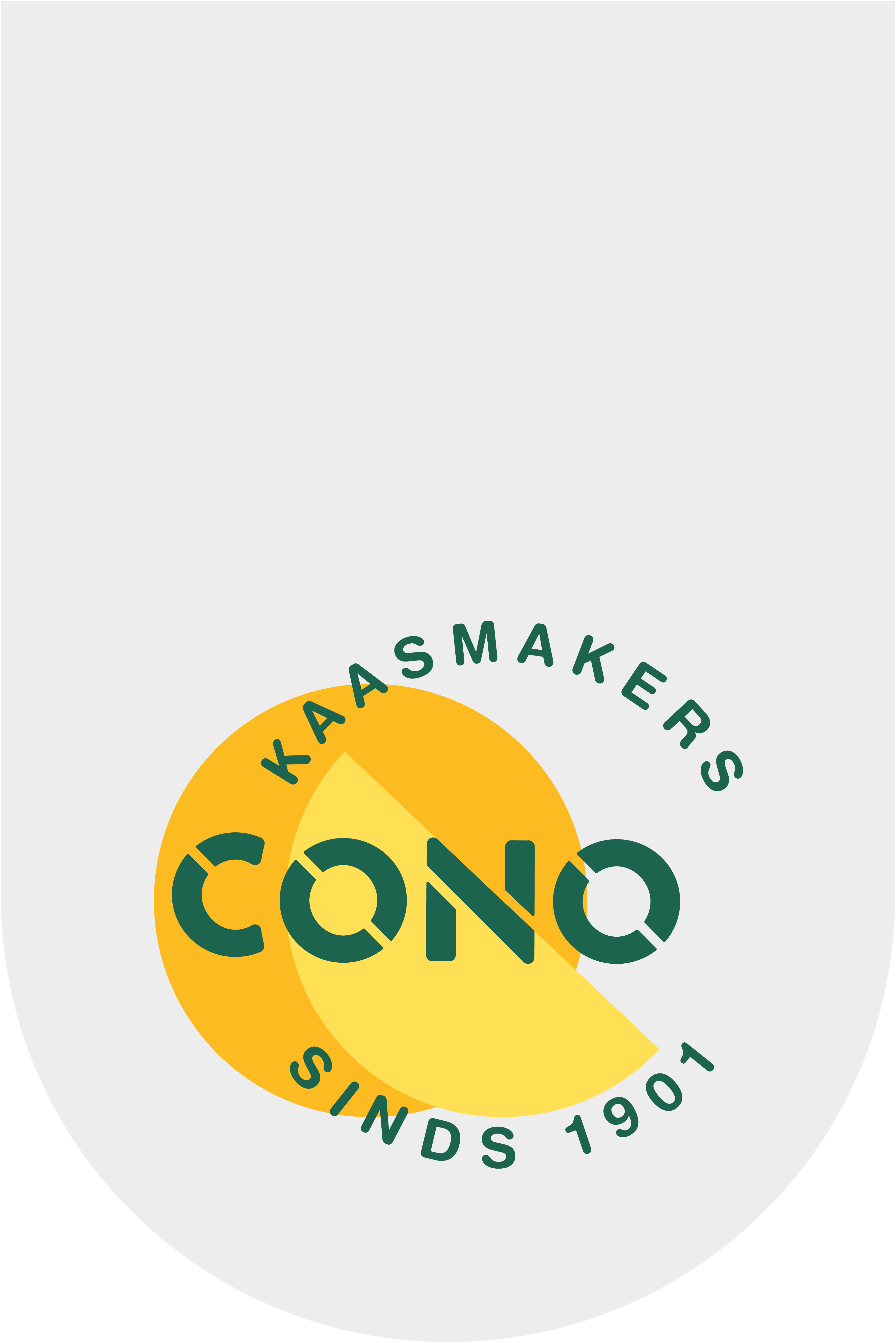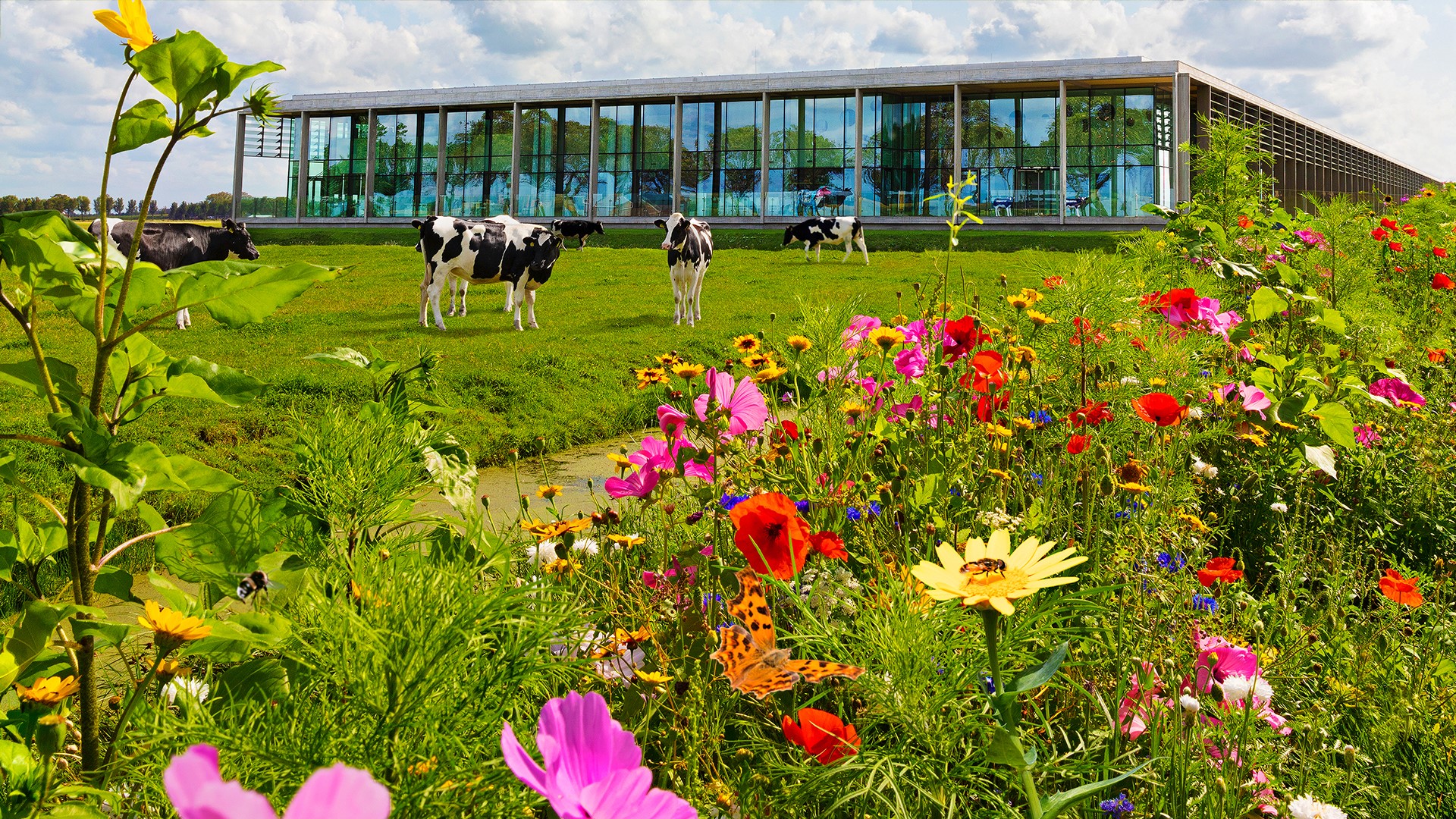"Making cheese simply requires heat," says Tijs Roeland, manager of technology & projects at CONO. He takes the pasteurization process as an example. The milk that ends up in the cheese then receives heat treatment to kill harmful bacteria. "From a food safety and legislative perspective, pasteurization is mandatory. The cleaning processes must also comply with certain rules. For example, the water we use to clean the cheese factory must be 80 degrees."
Residual heat
The heat used by the cheese factory is reused as much as possible. Roeland: "We are constantly working to put the heat we have left over in the process to a new use. We store all the heat that remains in a large tank. The moment a cold stream needs to be heated, we first use the residual heat from the tank. With the 'free' heat from our residual streams, we heat other streams again."
Whey is one such residual stream from cheese making. It is moisture created in the making of cheese. About 9 liters of whey is created per kilogram of cheese. "This whey is still warm. Somewhere else in the chain we can put this heat to good use. With a filter system we also clean the whey. What remains is filtered water, which is used again for cleaning, for example," Roeland said.

Tijs Roeland is manager of technology & projects at CONO | Credit: CONO Kaasmakers
Off the gas
But residual heat alone is not enough for the cheese factory. The shortage is supplemented by steam from the gas boiler, although CONO wants to get rid of that soon. "We are busy getting the electricity supply in order," says Roeland. "The well-known larger cable that everyone is looking for, we are also looking for. The moment we have enough electricity, we want to heat with a heat pump instead of steam."
Heat pump
The heat pump should start to provide a good balance between the heat and cold streams, Roeland explains. "The idea is to purchase a heat pump with two large tanks. One tank is hot, the other tank is cold. Through the hot tank we provide heat to the cleaning water, for example. The heat from the heat tank is of such a temperature that it can replace steam. The cold part we will use for cooling."
Other sources
When it comes to energy supply, CONO is not staring blindly at one alternative. Solar and wind energy are also being looked at. Roeland: "It is no longer important just to make good cheese, but also to recover valuable energy. There are several ways to do this. We will gradually cover the parking lot with solar panels, which we will use to charge our electric (passenger) vehicle fleet. We are also investigating the possibilities of wind energy. That is still a tricky story, because we are in the middle of the Beemster Polder, which is also a Unesco World Heritage Site. That means we can't just install windmills. At the same time, we are proud to be in this very piece of North Holland."
The cheese factory sits in the middle of the Beemster Polder, which is also a Unesco World Heritage Site. | Credit: CONO Cheesemakers
Circular system
The cheese factory is a farmer cooperative. In the context of renewable energy, that's interesting, Roeland says. "The moment we electrify everything, we use a certain amount of electricity. All our members, including ourselves, can generate power. If all the farmers generate the same amount of power we use, we are actually being circular. Despite the fact that the power generated does not actually go into our location with a cable, you are working with each other to make the system circular. At the moment, half of the power needed for the cheese making is purchased through our own member dairy farmers. They generate it with manure digesters or solar panels on barn roofs."
CONO has been working with the Caring Dairy program for 15 years to help their farmers become more sustainable. Dairy farmers are rewarded for their results in the areas of animal welfare, biodiversity, social involvement and climate. For every indicator achieved, dairy farmers receive an extra premium on the milk price, up to a maximum of 75 cents. The generation of green energy is another such sustainability indicator.
Electricity grid
It is no coincidence that CONO is looking for ways to be sure of green power. The electricity grid is currently overcrowded. Roeland notices this in daily practice. "We are really at the maximum of our power consumption. So we try to keep the production process stable at all costs, but with even a small change you are already using too much power. That's not easy, especially since we have big ambitions. As a company we are ready. The power grid soon hopefully too."


